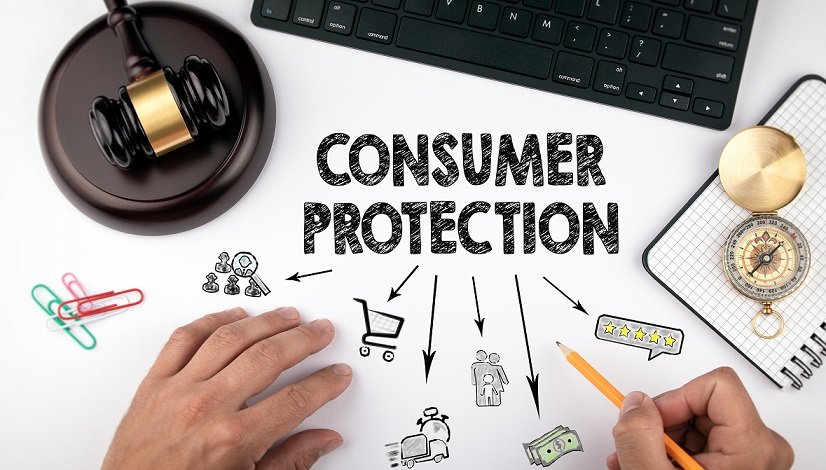India’s Ministry of Environment, Forest and Climate Change has drafted the Environment Protection (Extended Producer Responsibility for Packaging made from paper, glass and metal as well as sanitary products) Rules, 2024, and is now seeking comments for a period of 60 days. The draft rules stipulated extended producer responsibility (EPR) for packaging made of paper including paper board, glass and metal as well as sanitary products, where obligated entities will be tasked with registration, recycle, use of recycled materials, filing of annual returns and more. Its structure is very similar to other EPR rules in force.
Definitions
Below are the definitions of each obligated entities (PIBO: Producer, Importer, Brand Owner) and sanitary products. The draft did not mention definitions for paper, glass and metal packaging.
| Word | Definition (*Note) |
|---|---|
| Producer | Persons engaged in manufacture of packaging made from glass, metal and paper and sanitary products *excluding small & micro enterprises |
| Importer | A person who imports for commercial use, any packaging made from glass, metal and paper and sanitary products *only when annual turnover of Rs. 10 crore and above |
| Brand Owner | A person or company who sells any commodity under a registered brand label/trade mark *excluding small & micro enterprises |
| Sanitary Products | Products comprising of diapers, sanitary towels or napkins, incontinence sheets *including when introducing in markets such as online platforms/ marketplaces and supermarkets/retail chains |
Obligations of PIBO 1) Calculation of EPR Target
PIBO must first calculate their own EPR target with the following method:
- Producer: average weight of packaging material sold in the last two financial years + average quantity of pre-consumer packaging waste in the last two financial years – annual quantity supplied to brand owners in the previous financial year
- Importer: average weight of packaging material and / or packaging made from glass, metal and/or paper of imported products (category-wise) imported and sold in the last two financial years + average quantity of pre-consumer packaging waste in the last two financial years – annual quantity supplied to brand owners in the previous financial year
- Brand Owner: average weight of virgin packaging material (category-wise) purchased and introduced in market in the last two financial years – average quantity of pre-consumer packaging in the last two financial years
Obligations of PIBO 2) Calculation and fulfillment of Minimum Recycling Target
Next, according to table below, find out the minimum recycling target based on the previous EPR target. Entities shall bear the recycling responsibility of the minimum target. To fulfill the target, PIBO may purchase EPR certificates from waste processors.
| FY 2026-27 | FY 2027-28 | FY 2028-29 | FY 2029-30 ~ | |
|---|---|---|---|---|
| EPR Target | 70% | 85% | 100% | 100% |
| Minimum Recycling Target | 70% | 80% | 90% | 100% |
| E.g.
A producer has obtained its EPR target of 3000 Metric Tons (MT) in FY 2026-27. In the same FY, minimum recycling target is only 70%, hence the final target shall be 3000MT✕70%=2100MT and the producer shall bear recycling of this amount. |
||||
Obligations of PIBO 3) Use of Recycled Content
The obligated packaging shall also contain recycled content according to the following table. EPR certificates will also be granted when the actual use of recycled content is more than necessary. In case where it is not possible to meet the target, exemptions may be granted by Central Pollution Control Board (CPCB) on case-to-case basis, but shall instead purchase EPR certificates equivalent to its target.
| Use of Recycled Content Target | ||||
|---|---|---|---|---|
| Packaging | FY 2026-27 | FY 2027-28 | FY 2028-29 | FY 2029-30 ~ |
| Paper | 40% | 50% | 60% | 70% |
| Metal | 20% | 30% | 40% | 50% |
| Glass | 50% | 60% | 70% | 80% |
Obligations of PIBO 4) Others
Registration on the portal (to be developed) is required. Every June 30, PIBO shall also file annual returns to CPCB comprises of data on packaging, recycling, use of recycled content.
Sanitary Products
PIBO of sanitary products shall calculate their EPR targets, then offset them by purchasing EPR certificates from registered incinerators.
| EPR Target (% of total weight of sanitary waste) | |||
|---|---|---|---|
| FY 2026-27 | FY 2027-28 | FY 2028-29 | FY 2029-30 ~ |
| 60% | 70% | 80% | 100% |
Download the draft here:
https://egazette.gov.in/writeReadData/2024/259256.pdf
EnviX Comment
The draft did not specifically mention products that will use the obligated packaging. Glass and metal packaging are mainly used for food products, but paper including paper boards have wide applications in many sectors. Although criteria such as annual turnover were provided for producers and importers, companies that exports to or manufacture in India that uses paper packaging should pay utmost attention as they ma be affected by this draft rules.
 India to Publish EPR Rules for Paper, Glass and Metal Packaging, Sanitary Products
India to Publish EPR Rules for Paper, Glass and Metal Packaging, Sanitary Products 

























